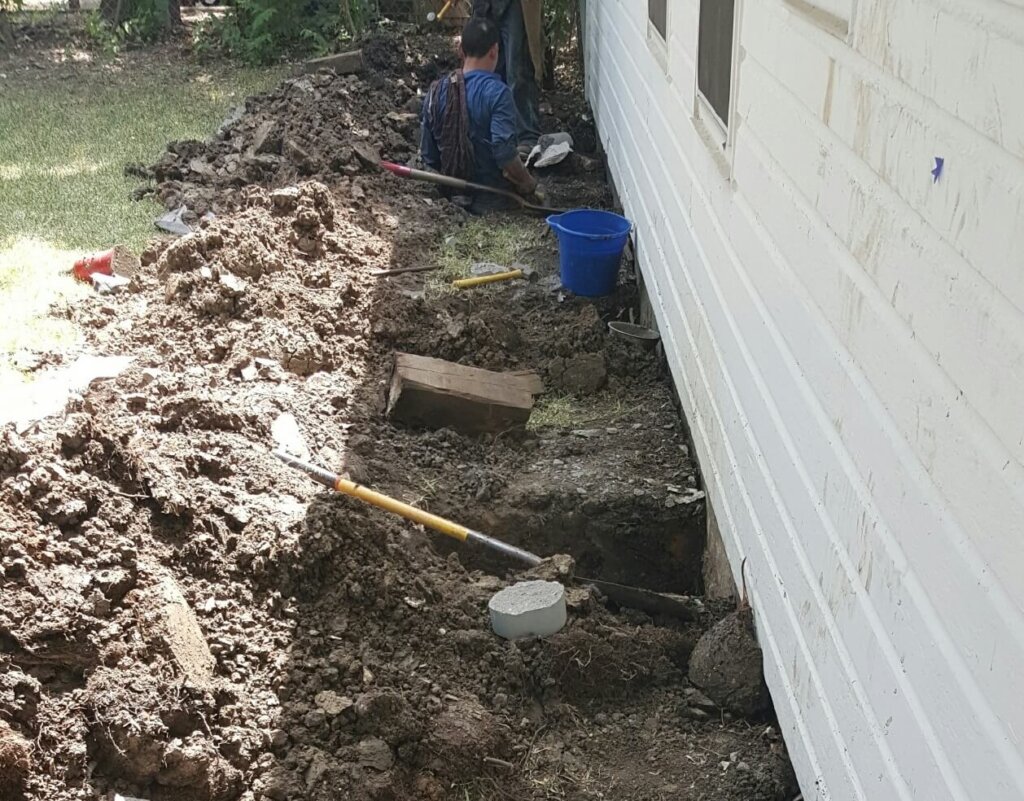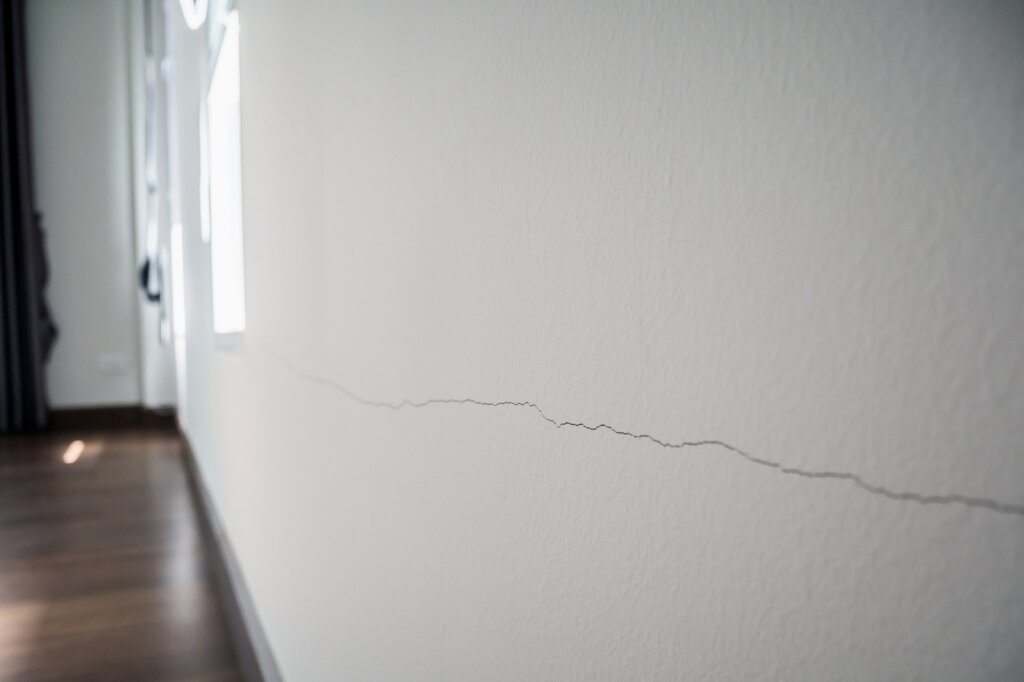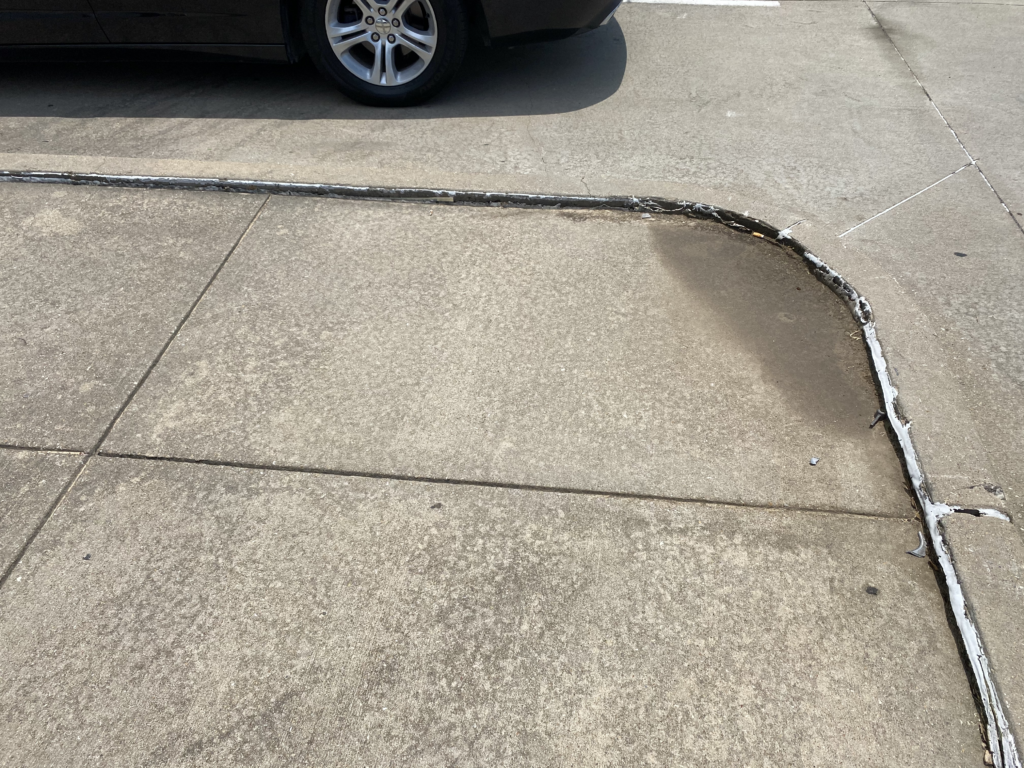Foundation settling is something homeowners may notice as their house starts to age. It’s a natural process that happens to many homes, causing parts of the structure to move slightly over time. The key concern with foundation settling is determining whether it is harmless or a sign of a more serious problem. As the ground beneath a foundation shifts, it can lead to various changes in a building, like small cracks in the walls or uneven floors.
When homes settle, the soil underneath them can play a big role. Sometimes, settlement is simply due to the soil adjusting naturally, but other times it can indicate that the soil is too loose or unstable. This can result in more noticeable issues, such as doors that won’t close properly or windows that jam. Such signs may suggest the need for further inspection or repairs to prevent more serious damage.
Understanding the difference between harmless settling and potential foundation problems is crucial. If the settling continues unevenly or far beyond the initial years after construction, it may point to significant concerns that require attention. Knowing what to look for can help homeowners take the necessary steps to protect their investment and ensure their home remains safe and sound.
Understanding Foundation Settling
Foundation settling refers to the gradual sinking of a building’s foundation. This natural process can be influenced by various factors such as soil composition and moisture levels. Identifying the signs of foundation settlement early can prevent major structural issues.
Causes of Foundation Settlement
Foundation settlement is often due to changes in soil moisture. Rainfall or plumbing leaks can increase soil moisture, causing the soil to expand and then contract as it dries. This process creates uneven support for the foundation.
When soil compacts under the weight of a structure, especially after construction, it may cause settling. Poor drainage around the home can also lead to increased moisture, prompting soil movements.
Tree roots may draw moisture from the soil, causing it to shrink and result in uneven settling. Understanding these causes helps in taking preventative measures to avoid future problems.
Soil Characteristics and Movement
The type of soil beneath a building impacts foundation settlement. Clay soils, for instance, are highly expansive. They can absorb a lot of water, swell, and then shrink when they dry. This can lead to significant movement of the foundation.
Loose or sandy soils, in contrast, may erode easily when wet, weakening the ground support. Topsoil is usually less stable and more prone to changes compared to deeper layers.
Soil layers shift due to natural processes like wetting and drying and can affect the stability of building foundations. If the soil shifts unevenly, it may create stress on the structure, leading to visible cracks and misalignment issues.
Recognizing Signs of Settling Foundations
Signs of foundation settlement might include cracks in walls or ceilings, doors and windows that stick or fail to open properly, and sloping floors. Walls that separate from the ceiling or floor can also indicate movement.
Pay attention to any water accumulation around the foundation, as it might suggest drainage issues contributing to settlement. Gaps around window frames and door frames are additional signs of settling.
Regularly inspecting these areas can help to detect early warning signs of foundation issues and address them before they become more serious. Addressing these signs promptly helps in maintaining the structural health of the home.
Indicators of Foundation Problems
Foundation issues can cause significant damage to a home. Recognizing the signs early is crucial to prevent long-term problems. Notable indicators include cracks in walls, floors, or ceilings, as well as non-structural symptoms like doors that stick.
Cracks and Structural Indicators
Cracks in a house’s foundation are a clear signal that something might be wrong. Vertical cracks or those in a stair-step pattern often suggest foundation movement. Such cracks can appear in walls, floors, or ceilings. Zig-zag or stair-step cracks in bricks or blocks are especially concerning as they can point to serious structural damage.
Uneven floors may also indicate shifting of the foundation. This condition can affect the structural integrity of the entire house. To reduce further damage, consulting a professional is recommended.
Non-Structural Symptoms
Foundation problems can manifest in other ways that might not cause visible damage but still indicate underlying issues. Sticking doors and windows can signal a shifting foundation. When doors or windows don’t open or close properly, it can be due to the frames becoming slanted.
Drywall cracks, especially around corners and edges, often suggest the walls are under stress. Though these cracks might seem minor, they can be a sign of larger issues at play. It’s important to address these various indicators early to prevent more substantial problems later.
Diagnosis and Home Inspection
When diagnosing foundation settling, professionals look at signs like wall cracks and window issues. They perform thorough inspections to assess the problem. Identifying specific crack types helps in determining the exact nature and severity of the settling.
Professional Assessment
Experts often conduct a detailed inspection of the home to detect foundation issues. They examine signs such as sticking doors or windows, which might indicate shifts in the foundation. The pros also rely on visible indicators, like uneven floors, and use tools to measure elevation changes around the house.
A comprehensive assessment includes checking the soil condition under and surrounding the home. This is because soil movement is a common cause of foundation settling. Proper diagnosis requires both visual inspection and specialized equipment to determine the extent of movement.
Identifying Foundation Wall Cracks
Cracks in foundation walls can tell a lot about the health of a home’s foundation. Common types include stair-step cracking and hairline cracks. Stair-step cracks often occur in brick walls and could indicate uneven settling of the foundation. Hairline cracks may be less severe but shouldn’t be ignored as they can progress.
Inspectors look for patterns and the location of cracks to assess potential problems. Horizontal cracks often suggest more significant issues that need immediate attention. Knowing whether a crack is widening or changes with seasons adds crucial information for diagnosis. Properly identifying these cracks helps prioritize repair methods.
Foundation Repair Techniques
Foundation repair methods are crucial for solving issues with uneven or sinking foundations. Two common methods include the use of piers and various jacking techniques for lifting and stabilizing concrete.
Piering Solutions
Piering solutions are effective for stabilizing and lifting a foundation that has settled. This technique often involves installing steel foundation piers deep into stable soil layers. There are different types of piers used in this method: push piers, helical piers, and slab piers.
Push piers are driven into the ground using hydraulic equipment. They provide significant support by reaching down to load-bearing soils. Helical piers have screw-like threads and are rotated into the ground, offering strong support for lighter structures. Slab piers are usually used for lifting and stabilizing concrete slabs that have settled. This approach is particularly effective for heavier buildings where structural stability is critical.
Slabjacking and Mudjacking
Slabjacking, also known as mudjacking, addresses issues in sinking concrete slabs. This method involves injecting a grout mixture under the slab to fill voids and lift the concrete back to its original position.
The process begins by drilling small holes into the concrete slab. A mixture of cement, sand, and other additives is then pumped beneath the slab through these holes. This lifts the foundation and restores it to its previous state. Slabjacking is often less invasive compared to other techniques, making it a preferred option for minor settling. It’s suitable for driveways, walkways, and garage floors, where quick restoration and minimal disturbance are desired.
Preventing Future Settlement Issues
Preventing foundation settling can save a lot of trouble down the road. Proper drainage is key. Redirecting or extending downspouts ensures water does not pool around the foundation, which can cause soil erosion. Consider improving drainage to manage water flow efficiently.
Soil type plays a significant role in foundation stability. Loose or expansive soils can lead to foundation problems. Soil stabilization techniques, such as compaction or chemical treatments, may be beneficial when building a home.
Hiring professional foundation companies for regular inspections and maintenance can catch minor issues before they become major problems. These experts can offer personalized advice based on local conditions.
In areas prone to flooding, protective barriers or landscaping can help manage water levels. Planting trees and shrubs strategically can also help absorb excess water and reduce the risk of erosion.
A foundation repair plan is useful in preventing future issues. Regular checks for cracks or changes in the foundation can allow for quick repairs. Addressing problems early can prevent more severe damage over time.
For those building new homes, choosing the right foundation type is important. Options like deep foundations might be more expensive, but they offer better resistance to settling issues.
Investing time and resources into prevention measures can greatly reduce the likelihood of encountering foundation settlement issues in the future.
Frequently Asked Questions
Foundation settling can lead to various concerns, from minor cracks to serious structural problems. It’s important to understand the signs and when action is needed. Below are answers to common questions related to foundation settling.
What are the signs that indicate a foundation is settling?
Cracks in walls or floors, doors that stick, or uneven floors can signal that a foundation is settling. Gaps around window frames may also occur.
How much foundation movement is considered normal before it becomes a concern?
Slight movement can be normal in new homes as they adjust. If it continues over time, it might indicate a problem like uneven settling or soil issues.
What are the typical costs associated with repairing a settling foundation?
The cost can vary greatly. Simple fixes might cost a few hundred dollars, but more extensive repairs can be thousands. Factors include the extent of damage and repair method used, such as underpinning or slab jacking.
Are repairs for foundation settling generally covered by homeowners insurance policies?
Homeowners insurance usually covers sudden damage. If settling is due to issues like poor drainage, insurance may not cover it. It’s important to check the specific policy details.
How do you address and fix a foundation that has settled?
Methods like underpinning or piering strengthen or stabilize the foundation. Consulting a professional is essential to assess the problem and choose the right solution.
When is it necessary to worry about the level of foundation settling in a home?
If settling causes visible structural damage, it should not be ignored. Uneven settling or continued movement over time are clear signs that professional assessment is needed.



